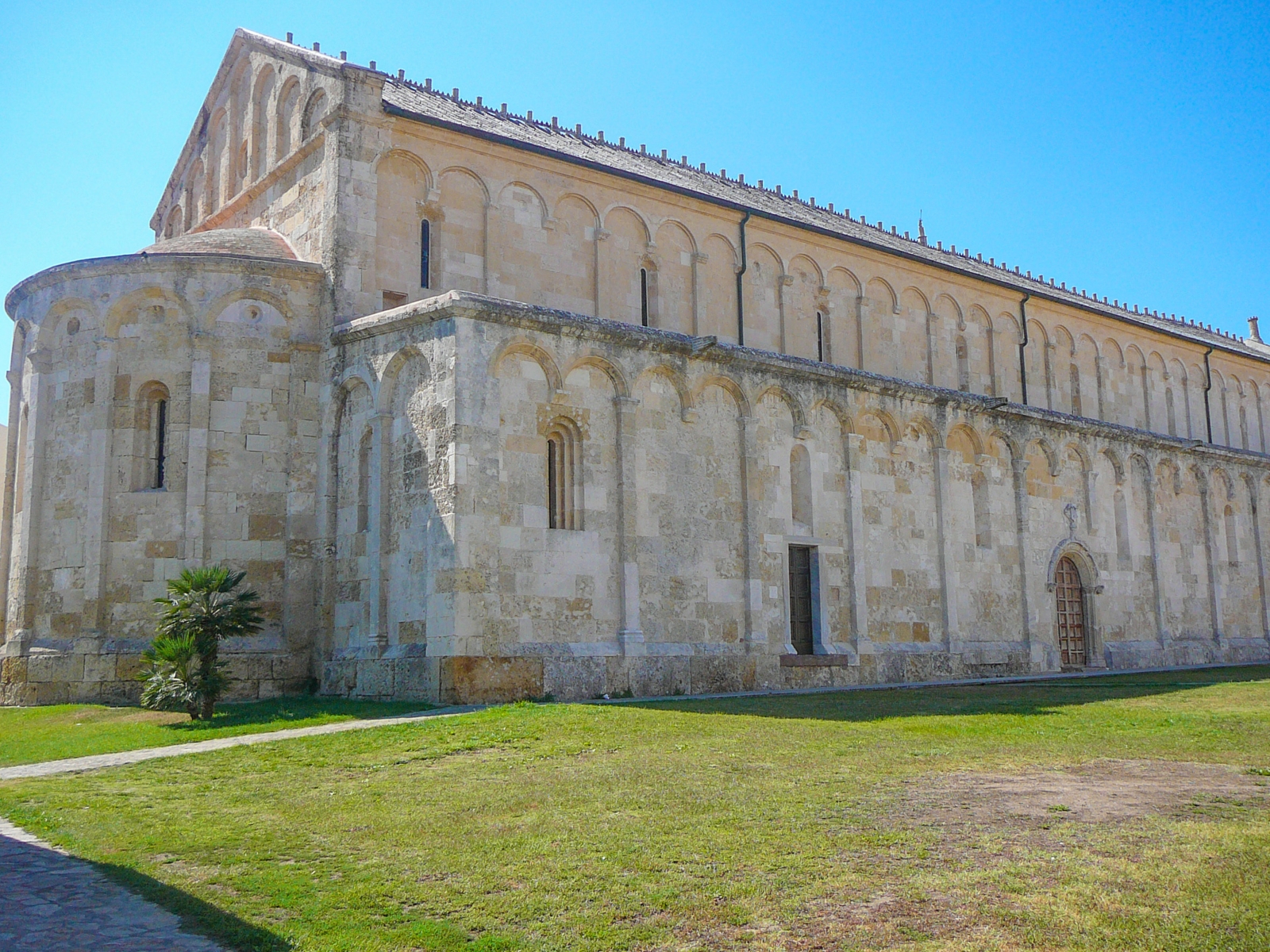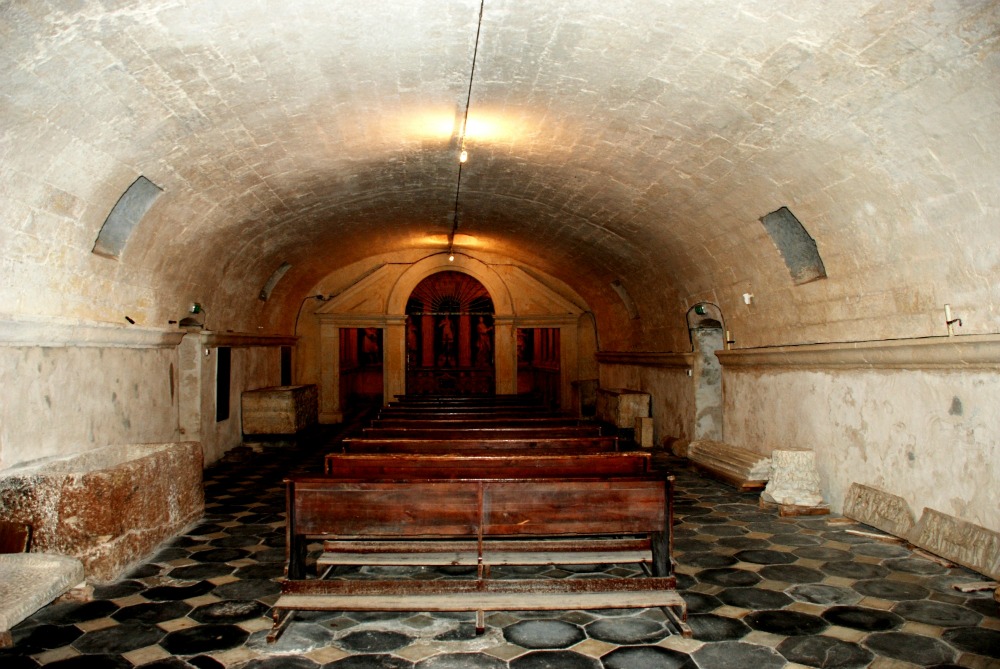


Sardinia, Colonia Iulia Turris Lybissonis, 4th century AD. The Roman Empire, under the Emperor Diocletian, is in decline. Christianity, introduced by Constantine as a state cult, is now persecuted by the pagan emperor who desperately tries to return to the early imperial age glories. But now, religion spread, Christian communities developed, the Church created its hierarchies. Diocletian's attempt is late: world, thought, culture changed and it’s impossible to stop the Christianization process.

Christians to death
Christians are persecuted, forced to recant or martyred. Among the many that are identified by the governors loyal to the emperor are Proto and Gianuario, two inhabitants of the Roman colony founded by Julius Caesar in 46 BC. They are a priest and a deacon, imprisoned by Barbaro, governor of Sardinia and Corsica. The two churchmen are in the custody of a Roman soldier named Gavino who, admiring the profound faith of the prisoners, converts to Christianity, frees them and courageously faces his death sentence for beheading. Proto and Gianuario suffer the same fate shortly after.

Today, in the place of martyrdom, a small white church stands on a rocky ridge, just outside the town of Porto Torres, popularly called "Balai lontano" (far Balai) or Santu Bainzu Ischabizzaddu(Saint Gavino beheaded). To a far Balai corresponds a Balai near, the small church of San Gavino a Mare (Saint Gavino near the sea) which is the background to a small cove with a beach, also called Balai. From the inside of the church it is possible to access an underground cave where, according to tradition, the remains of the martyrs were buried.
Premonitory dreams
Let's go back again in time, exactly in the 9th century AD. The Roman Empire has been dissolved for four centuries and we are in the middle of the “Giudicati” period in Sardinia. The region is divided into four administrative districts: Cagliari, Gallura, Arborea and Torres. The latter takes its name from the ancient colony of Turrisa nd then gave its name to today's city of Porto Torres.
At this time, Comitawas the Torres judge. According to legend, he falls ill with leprosy and one night Saint Gavino appears in a dream, promising him a speedy recovery in exchange for building a worthy place to rest in peace with his two companions.
Comita immediately orders the construction of the basilica on the Monte Agellu hill, moves the bodies of martyrs from Balai's original burial and places them in the heart of the future building, the most sacred part called Martyrion. In reality, archaeological excavations found the remains of an early Christian necropolis where the bodies of the martyred saints seem to have been buried since the 5th-7th century. A.D.
This hypothesis is confirmed by the foundations discovery of two early Christian basilicas, which constitute the current crypt.

Record
The basilica is the largest Romanesque monument in Sardinia, although its construction was long and laborious and ended in the fifteenth century. This is attested by various architectural elements unrelated to the Romanesque style, such as the entrance portal in Gothic-Aragonese style. Inside you can see a unique detail on the island: an additional altar, located on the opposite side to the main one that houses the seventeenth-century statues of the three saints.
Secular tradition
The three simulacra are the protagonists of the procession that takes place every year on the day of Pentecost during the Festha Manna(big festival) deeply felt by the local population. The Turritan martyrs’ effigies are taken from the Balai church to the Basilica of Saint Gavino where they will remain until May 3, the date on which they make their journey backwards.
TIMETABLES AND RATES
April - October 9.00-13.00 / 15.00-18.00
(from 5/05 to 30/09) 9.00-13.00 / 15.00-19.00
From November 1st to March 31st the service takes place exclusively on booking, to be carried out at least 48 hours in advance, in order not to interfere with parish activities.
The Romanesque basilica of Saint Gavino
Address: Piazza Martiri Turritani, 07046
Phone: 348 8996823
Site:
http://www.basilicasangavino.it/Location inserted by
Caterina Kate